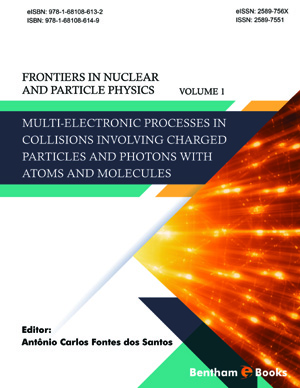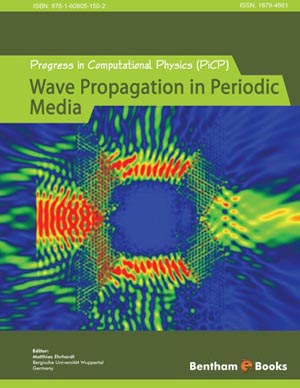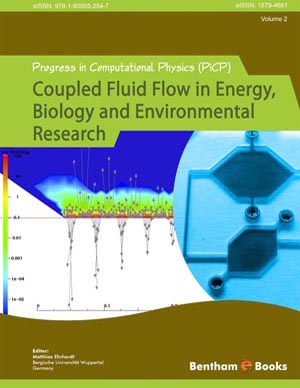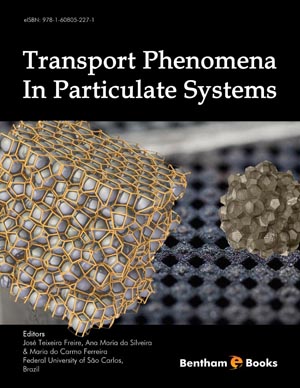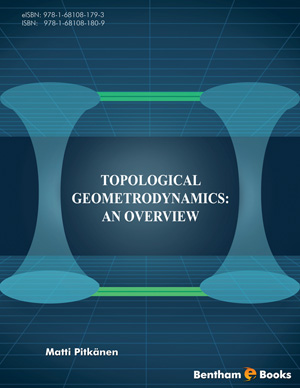Abstract
In this chapter, we describe steady states and dynamical characteristics of the electrons in the periodic potential of a crystal, and the application of three semiconductor elements: the rectifying junction, the bipolar transistor, and the superradiant junction. While for an arbitrary potential the electron momentum does not commute with the Hamiltonian, in the periodic potential of a crystal lattice we find a quasi-momentum, which commutes with this Hamiltonian. We obtain the quasimomentum eigenvalues as eigenvectors of the reciprocal lattice. In this way, we find quasi-momentum eigenstates, called Bloch states, the energy as a function of this quasi-momentum, and equilibrium eigenstates in the quasi-momentum space. From the energy variation with the quasi-momentum in the equilibrium states, we find the tensor of the effective mass of the electron in a crystal lattice. We find that for an internal potential of interaction oriented with the gradient perpendicular to the equilibrium quasi-momentum, the electron dynamics in the semiconductor structure is simply described by the Schrödinger equation of this potential, while the periodic potential of the crystal lattice does not play any role. For N electrons in a quantization volume V, we derive the density of Bloch states as a function of the crystal lattice characteristics. We find the velocity and the acceleration of an electron under the action of an internal potential. Considering a Fermi-Dirac distribution of the Bloch states, we obtain the current density under the action of such a potential. With the statistical distributions and the current densities for electrons and holes, we obtain the electrical characteristics for a semiconductor junction and a bipolar transistor. We consider a superradiant junction, where the electron injection is performed by quantum transitions from an nregion to the p-region in quantum dot arrays. We calculate the wave functions, the electric field, and the potential variation between the two conduction regions, and the dipole moments for two polarizations of the superradiant field: in the direction of the injected current, and in a perpendicular direction to the current.
Keywords: Acceptor, Bipolar transistor, Bloch wave function, Conduction band, Crystal lattice, Direct and indirect gap, Donor, Effective mass, Fermi level, Forbidden band, Heterostructure, Internal field, Perturbation theory, Potential barrier, Quantum well, Quasi-momentum, Reciprocal lattice, Semiconductor junction, Superradiance, Valence band, Wave vector.






